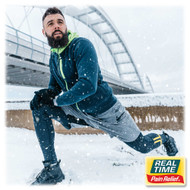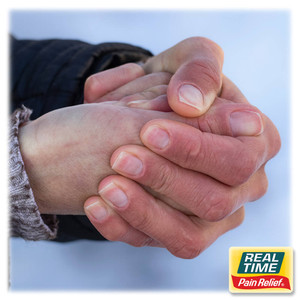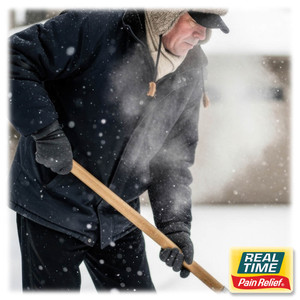Muscle Stiffness Due to the Cold: Causes, Prevention, and Remedies
1st Dec 2023
Introduction
As the temperature drops, many individuals find themselves grappling with an unwelcome companion: muscle stiffness. The winter chill has a notorious reputation for causing muscles to tighten and become less flexible, leading to discomfort and reduced mobility. In this article, we will delve into the reasons behind muscle stiffness in colder temperatures, explore effective warm-up exercises and stretches, offer advice on staying active during winter, and introduce natural remedies to alleviate muscle stiffness.
Understanding Muscle Stiffness in Cold Temperatures
The correlation between cold weather and muscle stiffness is rooted in the body's physiological responses to low temperatures. When exposed to cold, muscles contract in an attempt to generate heat and maintain the body's core temperature. This involuntary contraction, however, can result in stiffness and reduced flexibility. Additionally, decreased blood flow to the muscles in colder conditions contributes to stiffness, as the muscles receive less oxygen and nutrients, hindering their optimal function.
Warm-up Exercises and Stretches
One of the most effective ways to combat muscle stiffness in the cold is through targeted warm-up exercises and stretches. Engaging in a proper warm-up routine before heading out into the chilly outdoors or starting a workout can help prepare the muscles for activity. Dynamic stretches, such as leg swings, arm circles, and torso twists, can gradually increase blood flow and flexibility. Incorporating these exercises into your routine not only helps prevent stiffness but also reduces the risk of injuries during physical activity in cold weather.
Static stretches, where each stretch is held for a prolonged period, can also be beneficial in promoting muscle flexibility. Focus on major muscle groups, including the legs, back, and shoulders, to enhance overall mobility. Remember that warming up is not just reserved for athletes; everyone can benefit from incorporating these practices into their daily routine, especially during the winter months.
Staying Active During Winter
Maintaining an active lifestyle during the winter months is crucial for preventing muscle stiffness. While the temptation to hibernate indoors may be strong, finding ways to stay active can significantly contribute to overall well-being. Indoor activities, such as yoga or pilates, provide an excellent opportunity to keep muscles engaged and flexible. Additionally, participating in winter sports like skiing or ice skating can be both enjoyable and effective in preventing stiffness.
For those who prefer indoor workouts, home exercise routines or gym sessions can help keep the body moving. Incorporating cardiovascular exercises, strength training, and flexibility exercises into a regular routine can counteract the effects of cold-induced muscle stiffness.
Natural Remedies for Muscle Stiffness
In addition to warm-up exercises and staying active, natural remedies can provide relief from muscle stiffness. Topical creams and ointments containing ingredients like menthol, camphor, or arnica have been found to be effective in soothing sore muscles. These products work by increasing blood flow to the affected area and providing a warming or cooling sensation, which can alleviate stiffness and discomfort.
Moreover, hot and cold therapies, such as heating pads or ice packs, can be applied to sore muscles to promote relaxation and reduce inflammation. Alternating between heat and cold can enhance blood circulation and facilitate the healing process.
Conclusion
In conclusion, understanding the causes of muscle stiffness in cold temperatures and taking proactive measures to prevent and alleviate it are essential for maintaining a healthy and active lifestyle during the winter months. Incorporating warm-up exercises, staying active, and exploring natural remedies can collectively contribute to keeping muscles flexible and pain-free even in the chilliest weather.
Resources/References:
- American Council on Exercise (ACE) - https://www.acefitness.org/
- Mayo Clinic - "Exercise: 7 benefits of regular physical activity" - https://www.mayoclinic.org/
- Healthline - "Why Do Muscles Stiffen Up in the Cold?" - https://www.healthline.com/
- National Institute on Aging (NIA) - "Exercise & Physical Activity: Your Everyday Guide from the National Institute on Aging" - https://www.nia.nih.gov/
- Arthritis Foundation - "Heat and Cold Therapies for Joint Pain Relief" - https://www.arthritis.org/





